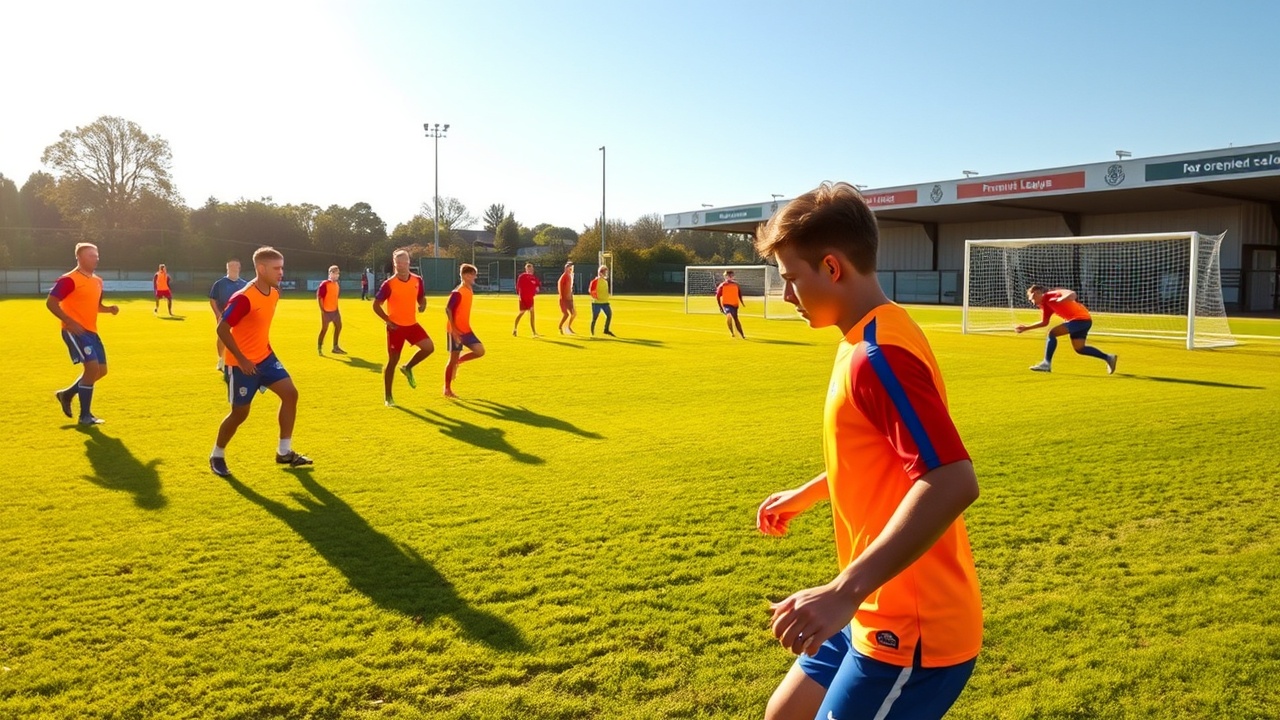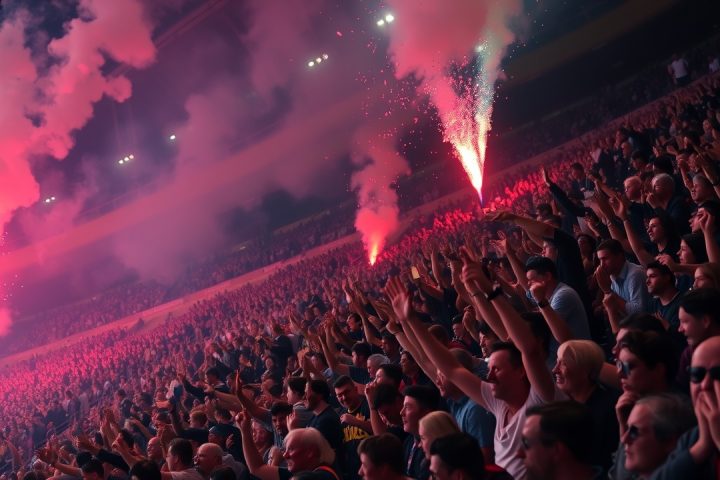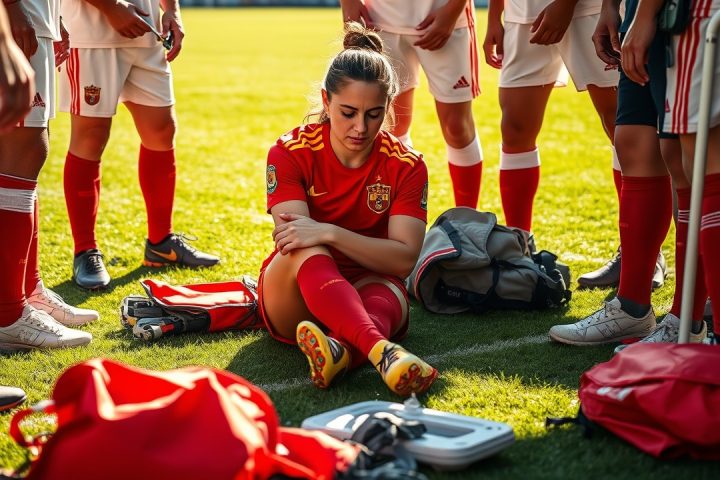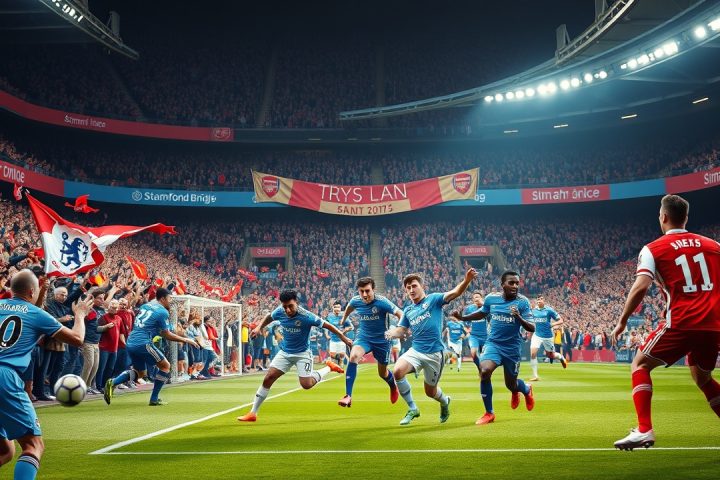Preseason: A Time of Renewal and Optimism
The beginning of preseason signals a highly anticipated moment for professional footballers, filled with renewed optimism and promise. Players return to the training facilities, reconnecting with teammates and staff members, all while letting go of the previous season’s disappointments. There’s an invigorating atmosphere as athletes step onto revamped pitches, wearing fresh kits, with an air of possibility surrounding their fitness and performance prospects. This time of year is characterized not just by excitement but also by the reality of hard work and heightened expectations.
Enhanced Demands and Rigorous Standards
Gone are the days when preseason merely heralded a time for players to shape up for the competitive season ahead. Today, athletes focus on arriving at preseason in prime condition, having to meet rigorous physical and tactical standards right from the first training session. Ian Darke, reflecting on his experiences since his debut in 2004, points out that these enhanced demands have shifted the nature of preparation. Now, players engage in extensive offseason conditioning, not only to ensure they are fit but to respond to calculated metrics regarding body composition and health.
The modern training environment leaves little room for complacency. During his tenure at Queens Park Rangers, Darke recalls a strict guideline where players were not allowed to gain more than 1.5% body fat during the break. This is just one example of how clubs measure fitness through various technological assessments, such as DEXA scans, to set precise objectives. Punishments for failing to meet these expectations—whether fines or additional training sessions—serve as reminders of the intense pressure players face to maintain their professionalism.
Expectations Beyond Fitness
The burden of expectations extends beyond mere fitness statistics; players grapple with perceptions that consider not only their physical state but their resilience and character as well. For instance, Kalvin Phillips, the former Manchester City midfielder, faced criticism for reporting back with a higher body fat percentage post-World Cup despite still being in the top percentage of his peers. Meanwhile, standards vary significantly among clubs, with Chelsea players under Antonio Conte expected to maintain body fat levels around 6% to 8%, emphasizing the extreme dedication required at this level of competition.
Integration and Team Dynamics
Joining a new club can add a layer of complexity. New signings must navigate an established culture while trying to prove themselves without overstepping bounds. The integration process can sometimes be harsh, akin to a rite of passage where existing players evaluate newcomers through tests of skill and composure, reflecting a tradition in teams like Arsenal, where legends like Thierry Henry evaluated new talent during training sessions.
Transformations in Preseason Tours
Preseason tours have also transformed dramatically. Unlike the unremarkable trips of the past, today’s excursions are high-stake events designed to foster team bonding globally. Players now understand the dual purpose of these journeys, which involve intensive training, friendly matches, and behind-the-scenes development that contribute to a cohesive unit ready for the rigors of the upcoming league. Despite facing extreme travel conditions and playing in difficult climates, players recognize the strategic importance of these practices as they prepare for the challenges ahead.
The Challenges of Modern Football
Moreover, the accelerated pace of modern football means that a typical offseason break is increasingly scarce. For example, Chelsea and Paris Saint-Germain players, who recently competed in the FIFA Club World Cup, might find themselves with as little as one week of recovery before the new season begins—an inadequate respite compared to their competitors who have had significantly longer breaks.
The blend of physical and mental fatigue resulting from continuous competition can create a divisive atmosphere among players within the league. Those emerging from international tournaments face a different set of challenges than their counterparts who have had ample rest. Thus, the strength of a club’s culture and the support systems in place become crucial as players transition back to competitive football, potentially determining their success and performance throughout the season.
Conclusion
Ultimately, while preseason embodies hope and ambition, it also brings back the complexities of the sport, with the clubs that foster an ideal environment poised to gain an invaluable edge as the league unfolds.




